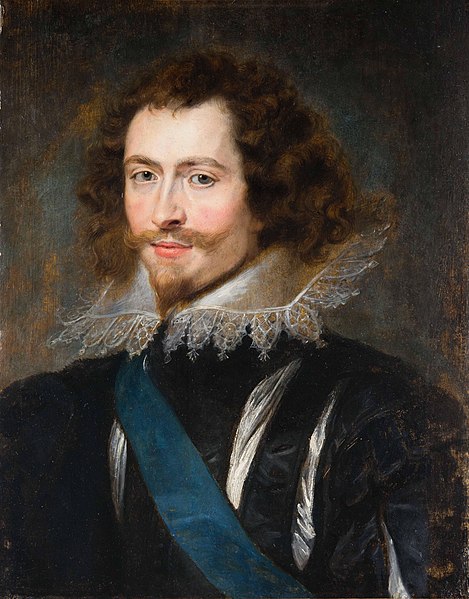Anglo-French War (1627–1629)
The Anglo-French War was a military conflict fought between the Kingdom of France and the Kingdom of England between 1627 and 1629. It mainly involved actions at sea. The centrepiece of the conflict was the siege of La Rochelle (1627–28), in which the English Crown supported the French Huguenots in their fight against the French royal forces of Louis XIII of France. La Rochelle had become the stronghold of the French Huguenots, under its own governance. It was the centre of Huguenot seapower and the strongest centre of resistance against the central government. The English also launched a campaign against France's new colony in North America which led to the capture of Quebec.
Champlain surrendering Quebec to David Kirke, July 20, 1629
The siege of La Rochelle was a result of a war between the French royal forces of Louis XIII of France and the Huguenots of La Rochelle in 1627–28. The siege marked the height of the struggle between the Catholics and the Protestants in France, and ended with a complete victory for King Louis XIII and the Catholics.
The Duke of Buckingham attempted to lift the siege.
La Rochelle during the siege
La Rochelle, surrounded by Royal fortifications and troops, Jacques Callot, 1630.
Siege of La Rochelle, with nearby Île de Ré, by G.Orlandi, 1627.





